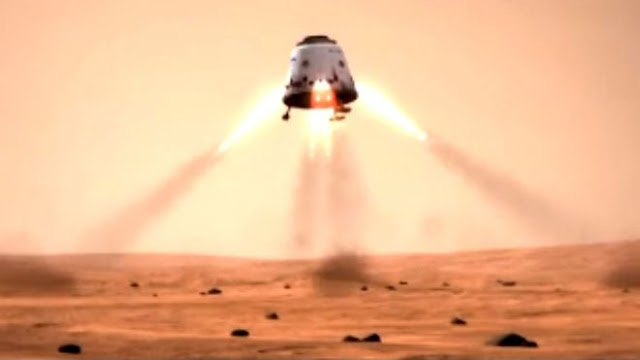(thanks to Max Champion for identifying the source of this image)
The common wisdom in creating stories about real science is: don’t. You either lose your audience or deal with scientists who ridicule your story as unrealistic or dumbed-down. For example, see every movie about Mars for the past 50 years. Is there anything in there that is both dramatically compelling and acceptably scientifically accurate?
Is this divide necessary, or have we just not told the right stories in the right way yet? Imagine if realistic science fiction about space colonization started outselling vampire romances? It’s completely possible, but only if we start creating narratives that can capture the imagination and flood the market. We don’t have to sacrifice the science, but the narrative must be compelling. When the general public is more interesting in supernatural romances and pirate stories, we don’t have the luxury of being science snobs.
I believe the problem is simply that we haven’t yet told enough of the right stories in the right way. The movie Apollo 13 demonstrated that people do care about science-heavy stories, as long as the drama is compelling. (Lest you doubt that Apollo 13 is science-based, think of the time spent in the movie explaining to the audience about the equipment inside the command module and re-entry angles.) This isn’t limited to historical accounts, either. Give an average sci-fi fan a copy of Red Mars and see what happens.
But for now, let me take as an example the book Roving Mars by Steve Squyres, the Principal Investigator for the MER mission. If you haven’t read it yet, I highly recommend it. After you’ve read it, give it to someone who thinks the human presence in space ended with the shuttle program.
Squyres brilliantly dramatizes the science in Roving Mars. Enough detail is given about the construction and function of the major components of the Mars Exploration Rovers to enable the reader to feel anxiety when a part breaks or refuses to function as intended, or a deadline creeps closer during testing. The difficulties in getting funding and approval from NASA play out more like office dramas than anything on NASA TV: and who hasn’t had trouble getting their boss to understand their pet project?
The majority of the book discusses the time prior to the launch of the rovers: the first third is simply getting approval for the mission! A sense of frustration as the mission meets delays, obstacles, and budget issues is palpable, but it never slows the narrative. There’s plenty of science to be found in Roving Mars: basic descriptions of the equipment on board, explanations of the conditions the spacecraft have to endure, and information about technological problems that occurred during testing. It’s far from “dumbed-down.”
What Squyres does brilliantly in this story is use science to create a narrative to which readers can relate. His description of PANCAM isn’t there to show how cool the tech is, it’s there so the audience will understand why it’s an important piece of equipment and what the stakes would be if it were lost. The same goes for the solar panels, the Mossbauer, and most of the payload.
As good as Roving Mars is, however, it’s not enough. Space geeks often fall prey to the temptation of looking for a “silver bullet,” a cultural artifact strong enough to improve the public’s view of space exploration with a single blow. The silver bullet doesn’t exist. Changing public perception is more like Chinese Water Torture: one little drop at a time. We don’t need a better Roving Mars, we need hundreds more like it.
How do we get those hundreds of stories? When we start creating them. See part 3 of this series next month for more ideas on how to do that.






